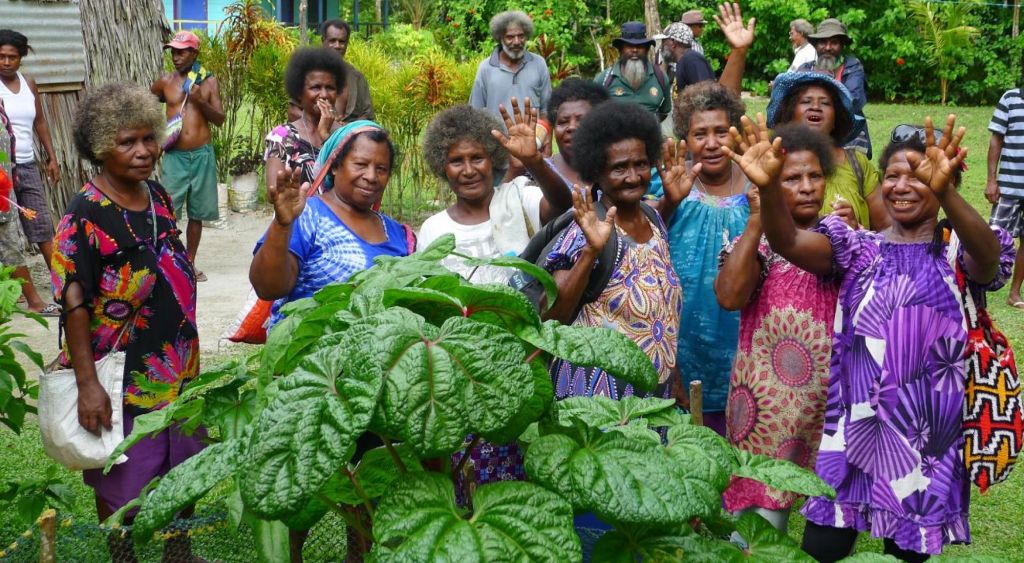Published in Biological Conversation, a new paper argues that, to have any chance of being equitable, market-based climate mitigation and biodiversity conservation solutions must also consider gender at their core.
The Gist
The paper, “When solutions to the climate and biodiversity crises ignore gender, they harm society and the planet,” examines evidence that market-based solutions, including carbon and biodiversity offsets, primarily benefit men in high-income countries, while largely ignoring and minimizing the rights, interests and lives of women*, especially in low-income countries.
Continued failure to share power with women in shaping the global climate and biodiversity conservation agenda, the authors argue, is not only a failure in governance and science, but also perpetuates injustice and harm to women, society and the environment. The exclusion of women also significantly slows progress in solving the very crises market-based solutions are intended to resolve.
“Right now,” says lead author Robyn James, Director, Gender and Equity for TNC in Asia Pacific, “women are largely invisible in not only the systems perpetuating climate change and biodiversity loss, but also the spaces leading to the solutions. We have some recommendations, and a few radical suggestions, about how to fix that.”
The Big Picture
The paper notes that up to 80 percent of all people displaced by climate change and biodiversity loss are women and girls. However, when it comes to power and decision-making, women are still in the minority: less than 15 percent of environmental ministers are women, and less that 25 percent of the most cited climate scientists are women.
It will take deliberate action and sustained time and resources, the authors argue, to address gender-based injustice, including:
- Implementation of existing gender policies and commitments across climate and conservation funding, in alignment with UNFCCC (United Nations Framework Convention on Climate Change) guidelines. Too often, commitments are not implemented and there is no accountability;
- Development of new metrics that reflect social impact, not just quantitative metrics. Too often, we are not measuring the true impact on women; and
- Conservation and science, as a sector, should consider performance metrics where a minimum of 50 percent women, and women from low-income countries must be included on leadership and research teams. Women can no longer be the afterthought.
When women remain underrepresented—or entirely absent—they are unable to directly influence decision making, design, and deployment of solutions to the biodiversity and climate crises that directly impact them. That absence, the paper notes, can also lead to on-the-ground inequity and failure of large-scale carbon and conservation projects.
In Papua New Guinea for example, a technological solution—the implementation of clean cookstoves—was developed without input from women in local communities and ultimately failed. The architects of the project had no insight into the barriers to entry, or the actual problems and issues the offset initiatives were likely to create.
“The clean cookstoves project failure is a good example of why we need gender analysis,” says Ruth Konia, co-author and acting Papua New Guinea country director for TNC, “No one asked the women what barriers to clean cookstove use might be. If offset project leaders had asked, they would have understood men in those communities control household finances. Women have no access to money to buy fuel for the clean cookstoves and so the stoves would sit idle.”
The Takeaway
“Addressing gender inequity requires us to be intentional. It won’t happen by itself or on the sidelines. The conservation and climate sectors must centre understanding and addressing the well-documented, but also well-obscured systemic barriers women face in market-based systems,” says lead author James. “We have the evidence, from carbon to conservation, the results will be better if we consider gender.”
*The authors use the term “women” to include cisgender women, transgender women, femme/feminine-identifying, genderqueer and nonbinary individuals.



